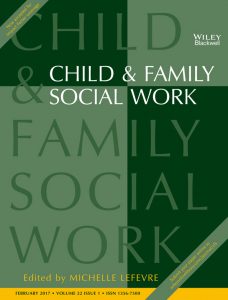In Defense of Trigger Warnings (… as a Practice, not a Policy)
Over the past few months, numerous publications have discussed – and mostly: dismissed – the trend to incorporate so-called trigger warnings into the college classroom and syllabus. Trigger warnings have become a standard practice for articles in feminist blogs and other online media that discuss incidences of violence, sexual assault and that may contain other potentially ‘triggering’ material, with the purpose of giving readers a way to opt-out of exposing themselves to said material. As some college professors have started...








1754-9469/asset/society_affiliation_image.gif?v=1&s=9197a1a6ba8c381665ecbf311eae8aca348fe8aa)